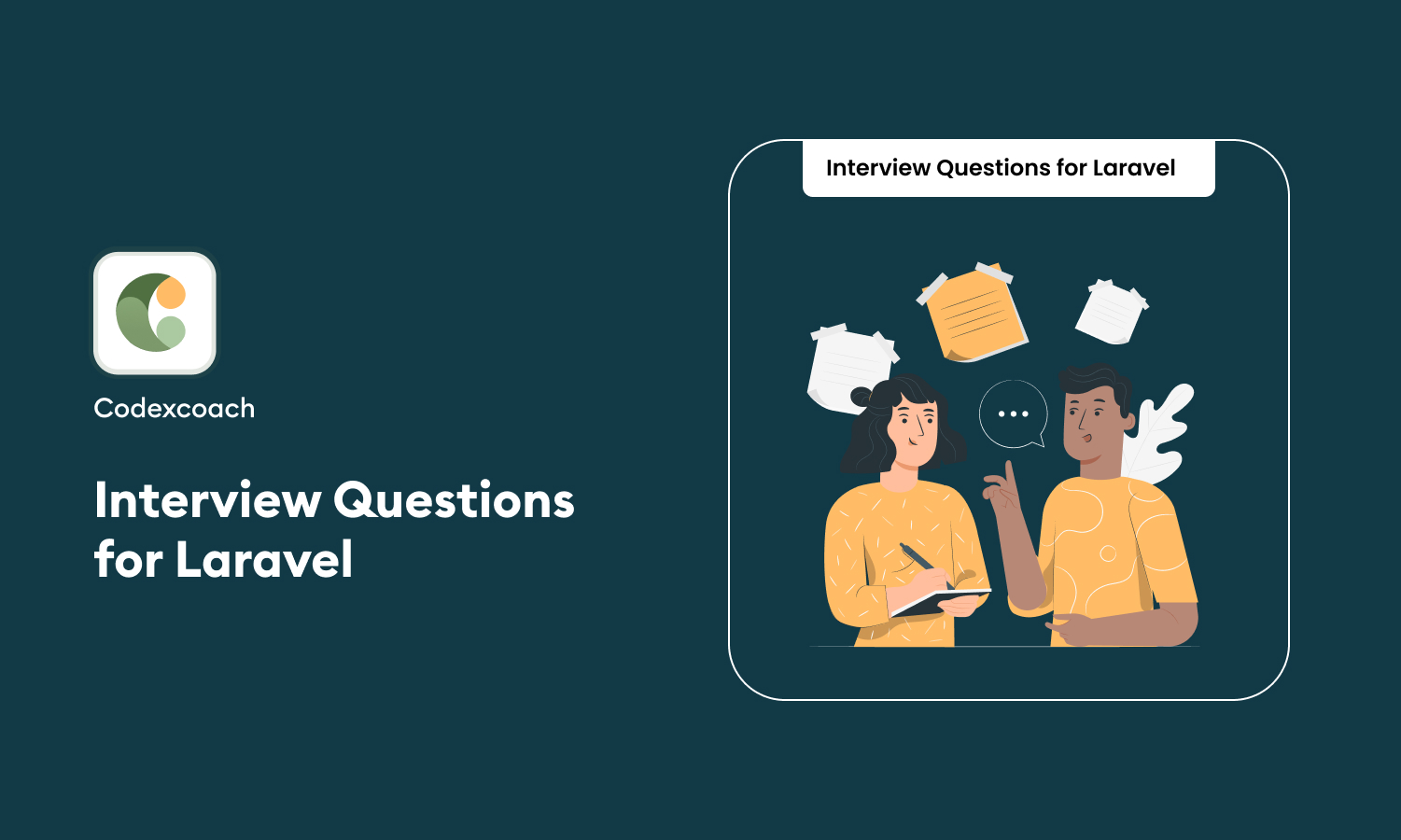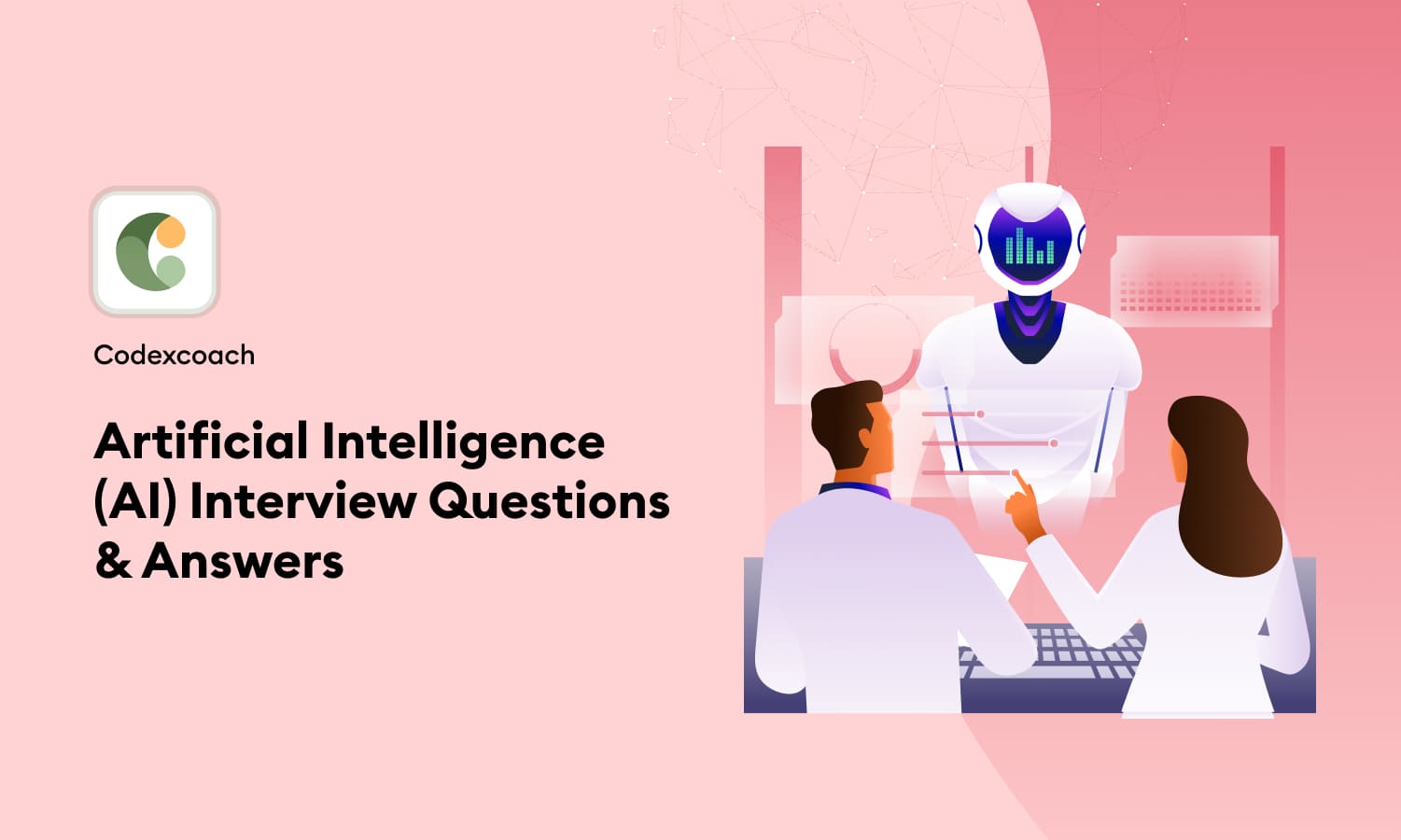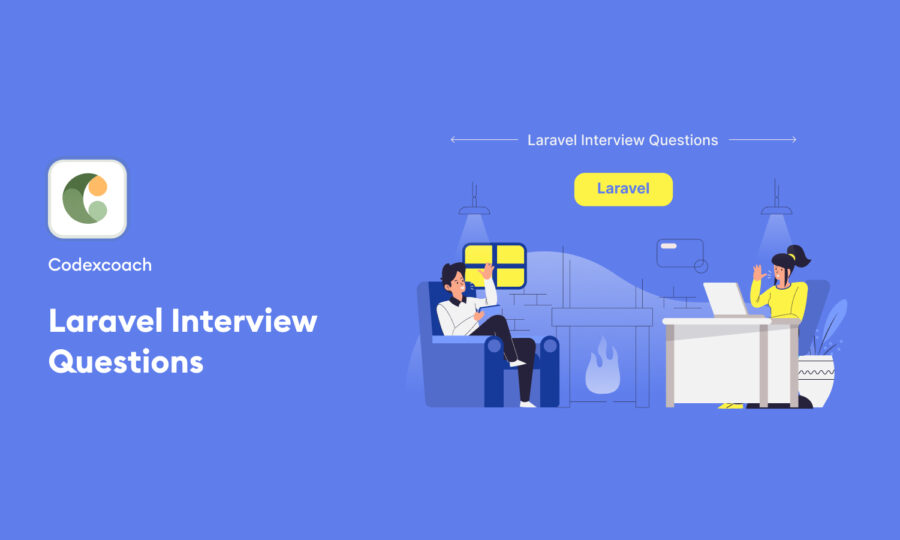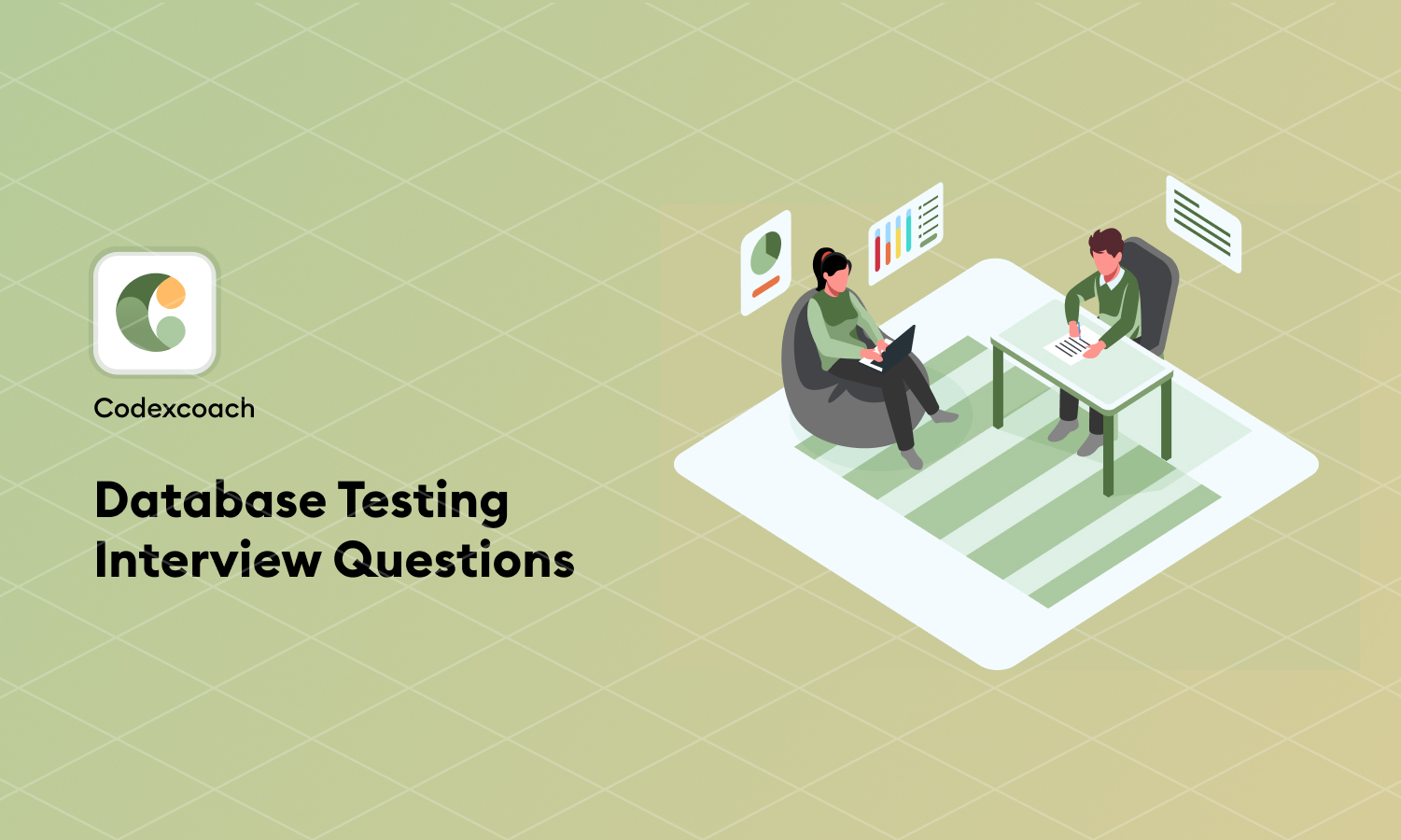1. What is Laravel?
Laravel is a robust MVC PHP framework designed for developers who need a simple and elegant toolkit to create full-featured web applications.
2. What are some features of Laravel?
Features include an expressive ORM, painless routing, a powerful queue library, and simple authentication, which are tools that make developers’ tasks easier and more productive.
3. How does Laravel handle database migration?
Migrations are a type of version control for your database, allowing a team to modify and share the application’s database schema.
4. Can you explain Laravel’s Eloquent ORM?
Eloquent ORM presents a simple ActiveRecord implementation for working with your database, allowing for fluent querying and easy interaction with relationships.
5. What is Blade in Laravel?
Blade is Laravel’s templating engine, which allows you to create layouts using inheritance and sections with minimal overhead unlike PHP, it is compiled into plain PHP and cached for optimal performance.
6. How does Laravel’s Middleware work?
Middleware acts as a filtering mechanism, running requests through a stack of middleware for tasks like authentication or caching before reaching the application.
7. What is a Laravel Service Container?
The Service Container is a powerful tool for managing class dependencies and performing dependency injection in Laravel.
8. Explain Events in Laravel.
Events in Laravel provide a simple observer implementation, allowing you to subscribe and listen to various events that occur in your application.
9. How does Laravel implement authentication?
Laravel simplifies authentication via built-in features that take care of common tasks like user registration, password reset, and encryption.
10. What are Service Providers in Laravel?
Service Providers are the central place to configure your application and its services, where you can list the classes to be loaded with Laravel.
11. Explain Validation in Laravel.
Laravel offers a powerful validation feature, which is used to validate incoming data using a set of predefined rules.
12. What is Task Scheduling in Laravel?
Task scheduling in Laravel provides an in-built tool for scheduling periodic tasks, such as sending out emails or cleaning up databases.
13. What are Laravel Contracts?
Contracts are a set of interfaces that define the core services provided by the framework.
14. How do you create a controller in Laravel?
A controller in Laravel can be created using the Artisan CLI’s make:controller command.
15. Explain API Resources in Laravel.
API Resources in Laravel allow you to transform your models and model collections into JSON without interacting with the front end.
16. What is the purpose of using Laravel Mix?
Laravel Mix provides a clean, fluent API for defining basic webpack build steps for your applications, like compiling SCSS or managing assets.
17. How do you handle errors and exceptions in Laravel?
Laravel has built-in error and exception handling through its integrated Monolog library, which provides support for a variety of powerful log handlers.
18. Explain Laravel’s Route Caching.
Route caching is a mechanism that speeds up route registration by caching the router’s parsed form into a plain PHP array.
19. What is Laravel Echo?
Laravel Echo is a library that provides an expressive API for subscribing to channels and listening to events broadcast by Laravel.
20. Explain the concept of ‘Facades’ in Laravel.
Facades provide a static interface to classes that are available in the application’s service container, simplifying the syntax for accessing application components.
21. What are migrations in Laravel and how do they work?
Migrations are a way of versioning database schemas and sharing them among developers, by defining database table structures and changes in PHP files rather than using SQL.
22. Describe the Laravel request lifecycle.
A request in Laravel goes through several stages: it’s captured by the index.php file, sent through a series of global and route-specific middleware, handled by a controller, and finally, a response is returned.
23. How do you use queues in Laravel?
Queues in Laravel are used to defer the processing of time-consuming tasks, such as sending emails, to improve web application responsiveness.
24. What is route model binding in Laravel?
Route model binding provides a convenient way to automatically inject the model instances directly into your routes. For example, instead of injecting a user’s ID, you can inject the entire User model instance that matches that ID.
25. How can you secure your Laravel application?
Security measures in Laravel include using HTTPS, protecting routes, proper user authentication and authorization, guarding against CSRF attacks, and sanitizing user input.
25. Can you explain the purpose of the .env file in Laravel?
The .env file is where you store environment-specific variables, which you can fetch using the env() helper function, ensuring sensitive credentials are secure.
27. What is the command to create a new Laravel project?
To create a new Laravel project, you use the Composer command composer create-project –prefer-dist laravel/laravel name_of_your_project.
28. How are requests validated in Laravel?
Requests in Laravel are validated using the validate method within the controller, or by creating form request classes that contain validation logic.
29. What is the purpose of the dd function in Laravel?
The dd function is a helper function provided by Laravel that dumps a variable’s contents and ends the execution of the script, which is useful for debugging.
30. Explain Soft Deletes in Laravel.
Soft deletes allow you to retain deleted records in the database and restore them if needed by setting a deleted_at attribute instead of actually removing them from the database.
31. What is Laravel Scout?
Laravel Scout provides a simple, driver-based solution for adding full-text search to your Eloquent models, allowing for quick implementation of search functionalities.
32. Explain the use of Gates and Policies in Laravel.
Gates and Policies are used in Laravel to determine if a user is authorized to perform a given action, with Gates handling simple, closure-based authorization and Policies for more complex authorization against models.
33. What is Laravel Passport?
Laravel Passport is an OAuth2 server and API authentication package that makes it simple for your application to issue tokens to users for API authentication.
34. How do you manage database transactions in Laravel?
Database transactions in Laravel can be managed using the DB facade’s transaction method, which provides a higher-level abstraction for database operations ensuring data integrity.
35. Can you explain the use of collections in Laravel?
Collections in Laravel are a wrapper for working with arrays of data, providing a fluent, convenient interface for mapping, filtering, and reducing data.
36. What are Laravel’s Jobs and Listeners?
Jobs in Laravel are used to encapsulate queued tasks, such as sending emails, while Listeners are used to handle logic after an event is fired.
37. How does broadcasting work in Laravel?
Broadcasting in Laravel allows you to broadcast your server-side Laravel events to your client-side JavaScript application using a web socket or similar.
38. What is Lumen?
Lumen is a micro-framework by Laravel, focused on serving stateless, performance-heavy applications like APIs and microservices.
39. Explain how to update a Composer package in Laravel.
Updating a Composer package in Laravel involves running the composer update command, which updates the specified package and its dependencies.
40. What are resource controllers in Laravel?
Resource controllers in Laravel provide a simple way to create a controller with all the standard CRUD (Create, Read, Update, Delete) routes defined.





